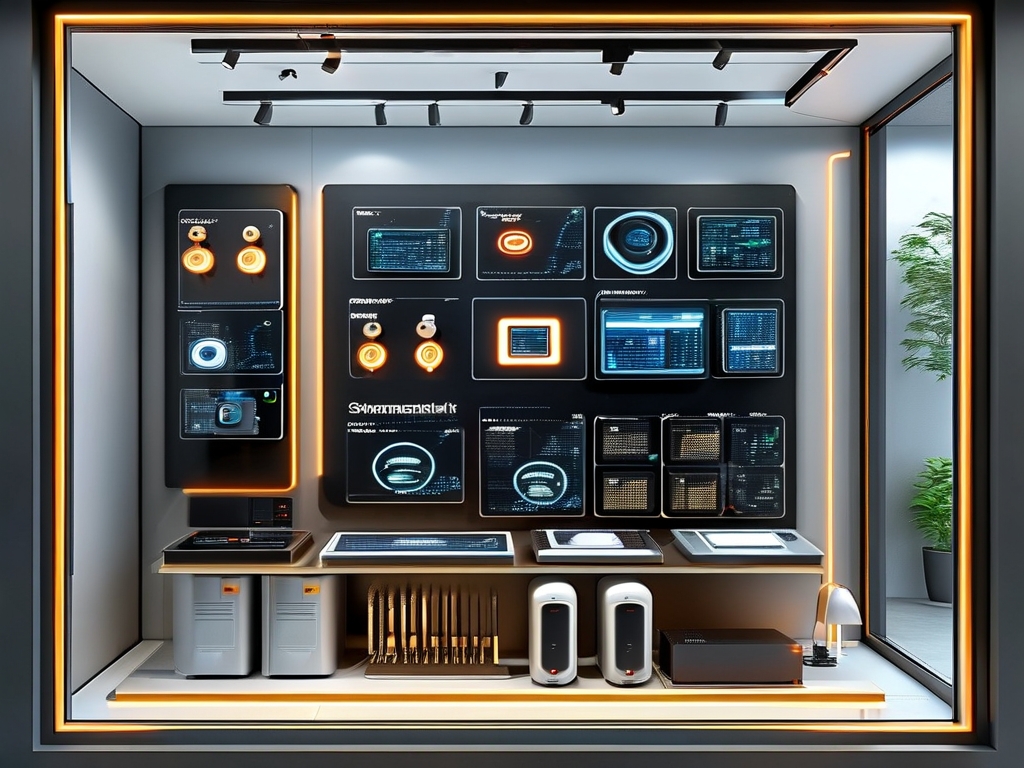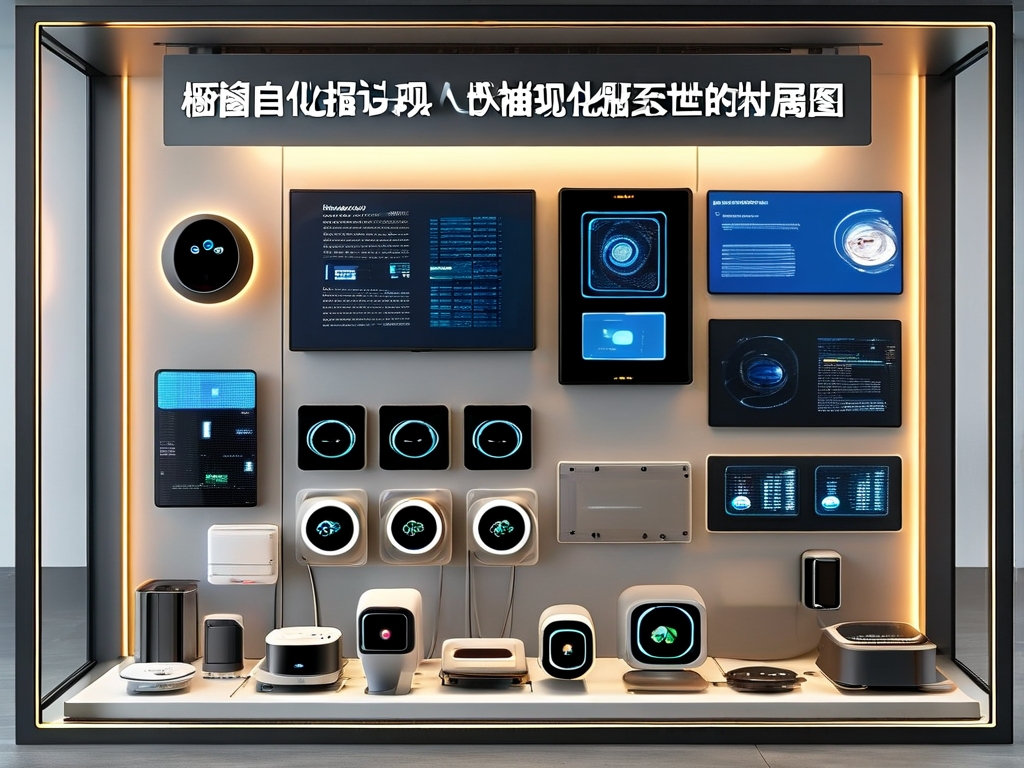The retail industry is undergoing a transformative shift as brands increasingly adopt automated window display deployment to enhance customer engagement and operational efficiency. This innovative approach combines cutting-edge technology with creative design, enabling businesses to dynamically adapt their storefronts to real-time data, seasonal trends, and consumer behavior. Below, we explore the core components, implementation strategies, and benefits of this groundbreaking solution.
Core Technologies Driving Automation
At the heart of any automated window display system lies a blend of hardware and software integration. IoT-enabled sensors, programmable LED panels, and motorized display fixtures form the physical layer, while cloud-based platforms handle content scheduling and data analytics. For instance, a Python script might automate lighting adjustments based on foot traffic data:
def adjust_lighting(traffic_level):
if traffic_level > 50:
set_brightness(80)
elif 20 <= traffic_level <= 50:
set_brightness(60)
else:
set_brightness(40)
This code snippet illustrates how real-time inputs can trigger predefined actions, ensuring displays remain energy-efficient without compromising visibility.

Designing the Deployment Framework
A successful automated window display strategy requires meticulous planning across three phases:
- Content Management: Centralized platforms allow marketers to upload and schedule multimedia content, ensuring seamless transitions between promotions. Machine learning algorithms can analyze historical sales data to recommend optimal display themes.
- Hardware Configuration: Modular display units with standardized connectors simplify installation and maintenance. For example, magnetic panel mounts enable quick swaps of digital screens or physical props.
- Data Integration: Synchronizing with POS systems and customer analytics tools enables context-aware displays. A/B testing capabilities let retailers compare the performance of different layouts or color schemes.
Operational Advantages
Retailers report a 35–40% reduction in manual labor costs after implementing automation. Stores in Tokyo’s Ginza district, for example, now update displays hourly during peak shopping periods without staff intervention. Dynamic content also boosts engagement—interactive holiday-themed displays in New York increased dwell time by 22% compared to static setups.
Challenges and Mitigation Strategies
While the benefits are compelling, organizations must address two critical hurdles:
- Initial Investment: High-resolution screens and motorized components demand significant upfront costs. Many retailers opt for phased rollouts, prioritizing high-traffic locations first.
- Technical Complexity: Cross-disciplinary teams combining UI/UX designers, data engineers, and visual merchandisers are essential. Training programs and vendor partnerships help bridge skill gaps.
Future Trends
Emerging technologies like AR projection mapping and AI-driven content generation promise to elevate automated displays further. Experimental stores in Milan already use facial recognition to tailor window content to individual demographics, though privacy regulations require careful navigation.
In , automated window display deployment represents more than a technical upgrade—it redefines how brands communicate with audiences in physical spaces. By balancing creativity with data-driven decision-making, retailers can transform static storefronts into dynamic brand storytellers that adapt as swiftly as consumer preferences evolve.










